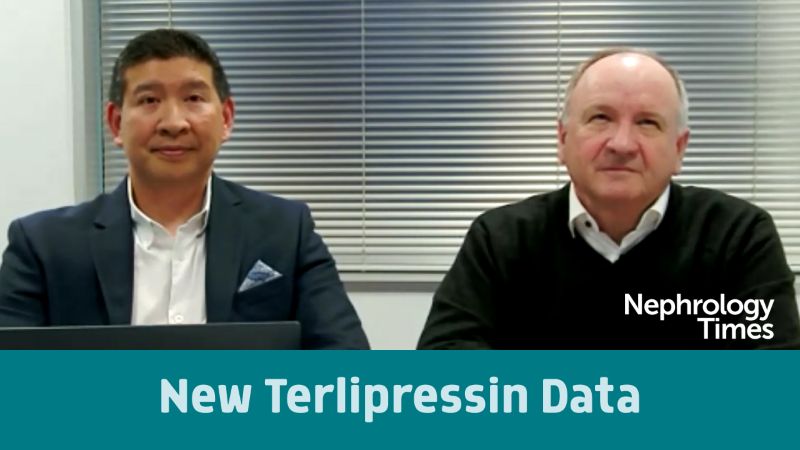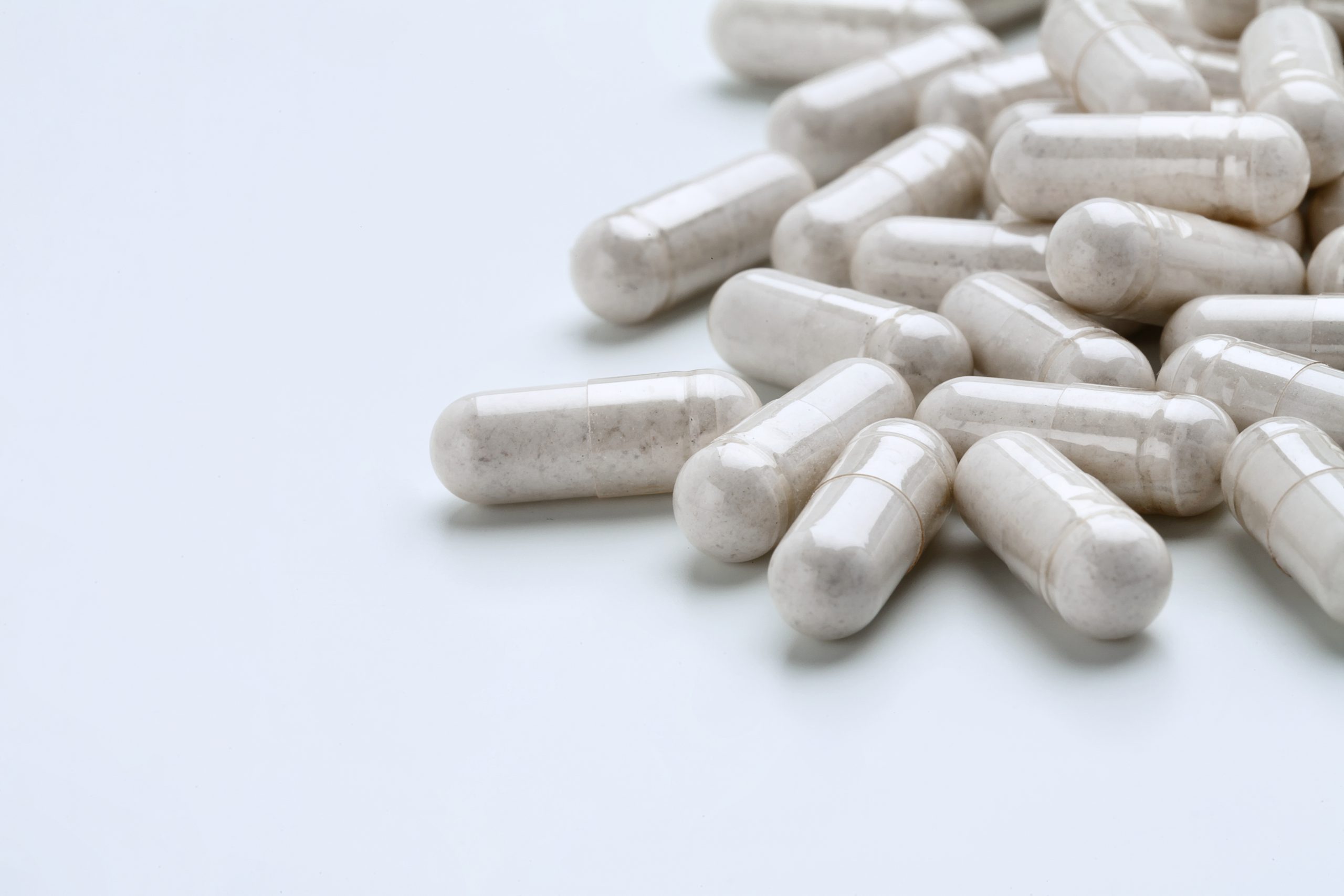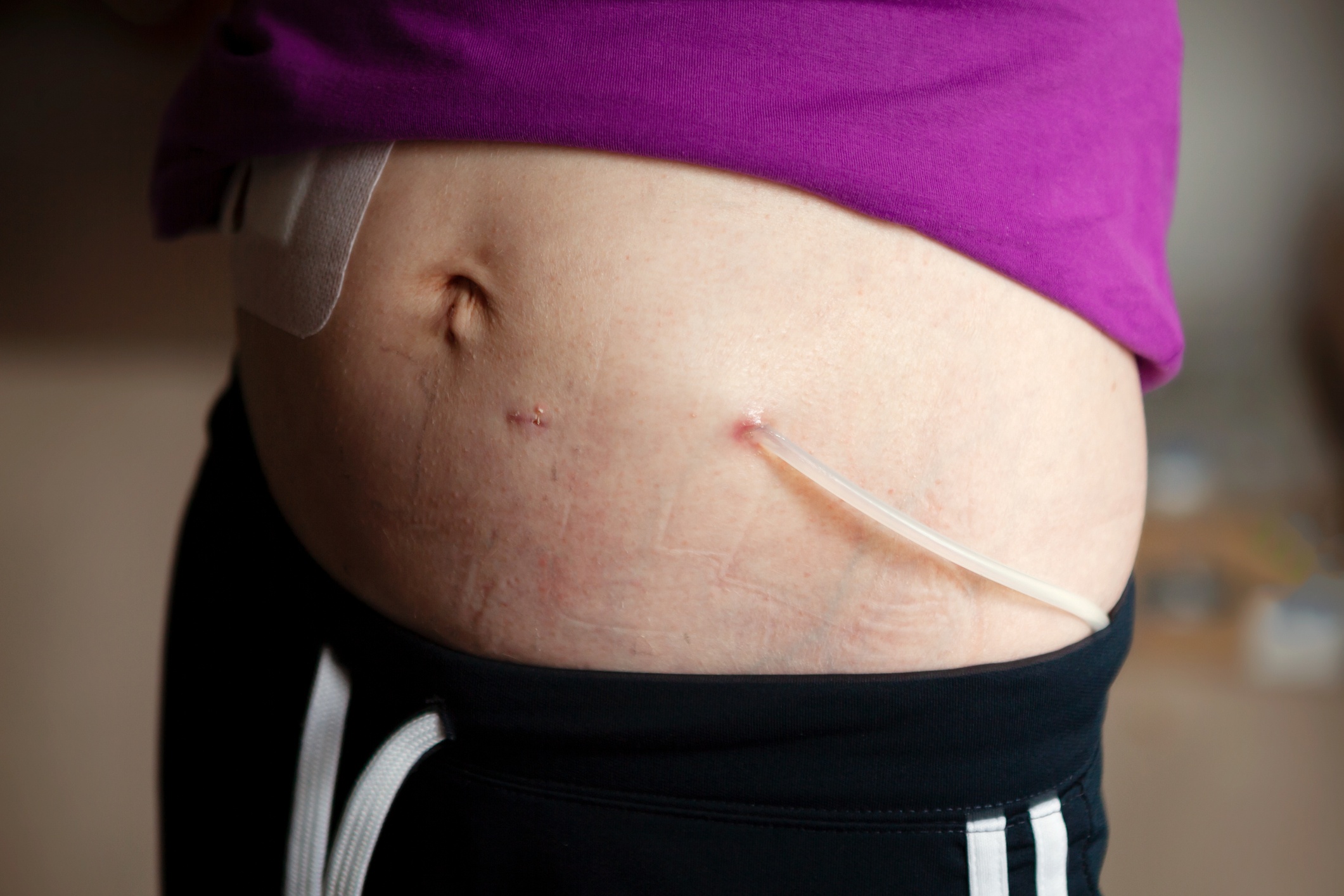
Patients with chronic hyperuricemia commonly develop gout, a painful inflammatory arthritis. Gout has been associated with metabolic comorbidities, cardiovascular disease, renal dysfunction, lower quality of life (QoL), and increased risk of mortality. Gout-related disease burden and rates of comorbidities are higher in patients with uncontrolled or refractory gout, as are more severe chronic kidney disease (CKD) and highly impacted QoL. There are limited options for the treatment of patients with uncontrolled gout.
Pegloticase has been shown to lower serum urate in patients with uncontrolled gout; however, due to development of antidrug antibody in some patients, the durability of the effect can be limited. Previous studies have demonstrated increase in treatment response rates with the coadministration of pegloticase with an immunomodulating agent. In a systematic review, the rate of response in patients treated with pegloticase + immunomodulator was 83% compared with 42% for patients treated with pegloticase monotherapy. A recent randomized, controlled trial of pegloticase + methotrexate (MTX) found a 71% response rate during month 6, compared with 38% for pegloticase + placebo.
Aaron Broadwell, MD, and colleagues conducted a retrospective study designed to examine use of pegloticase-immunomodulation cotherapy at two community rheumatology practices where immunomodulating therapy is routinely coprescribed in patients with uncontrolled gout undergoing pegloticase treatment. Results were reported in Rheumatology and Therapy [doi.org/10.1007/s40744-022-00492-3]. The study examined treatment response rates, effect on kidney function, and safety signals.
Data from medical records were extracted and deidentified by an independent party. Parameters of interest were patient demographics, gout characteristics, treatment parameters, and the proportion of patients considered to be pegloticase responders, defined as ≥12 pegloticase infusions received and serum urate <6 mg/dL just prior to infusion 12. Change in kidney function was assessed using estimated glomerular filtration rate (eGFR) prior to therapy and at last infusion. Changes in continuous variables over time were statistically examined using two-tailed, paired Student’s t tests. Statistical significance was defined as P<.05.
The analyses included 34 patients with uncontrolled gout. Most (79%, n=27) were male and White (74%, n=25). Mean age was 62.4 years. The most frequently reported comorbidities were hypertension (76%), obesity (71%), osteoarthritis (68%), chronic kidney disease (CKD) (47%), and cardiovascular disease (35%). Average baseline eGFR was 65.4 mL/min/1.73 m2; 41% of the cohort had eGFR <60 mL/min/1.73 m2. None of the 34 patients were on dialysis or had received a kidney transplant.
Average duration of gout was 14.7 years and mean serum urate before initiation of pegloticase exposure was 9.1 mg/dL. Subcutaneous (subQ) tophi were noted in 91% of patients, and all had signs of severe gout, including chronic pain, frequent gout flares, and/or bone erosions on radiography. Of the 34 patients, 91% (n=31) had documented oral urate-lowering therapy (ULT) use prior to initiation of pegloticase; 28 had a history of allopurinol use. Of the three patients without oral ULT use, one was not on an oral ULT use at first rheumatology office visit and two reported allopurinol intolerance.
Over a mean study period of 28.5 weeks, a total of 498 pegloticase doses were administered (14.6 infusions/patient). Immunomodulator use included subQ MTX (20 patients [59%], 10-25 mg/week), oral MTX (9 patients [26%] 7.5-20 mg/week), oral mycophenolate mofetil (MMF; 3 patients [9%], 1000 mg/day), and oral azathioprine (AZA; 2 patients [6%], 100 mg/day). In 32 patients (94%) immunomodulation cotherapy was initiated 5.3 weeks prior to the first pegloticase infusion. In the remaining two patients, immunomodulation (both subQ MTX) and pegloticase were initiated on the same day.
At the time of data collection, 32% (n=11) of the patients remained on therapy, 50% (n=17) had met treatment goals and discontinued therapy, and 18% (n=6) had prematurely discontinued therapy. Of the 11 patients who remained on therapy, six had not yet reached infusion 12 and were excluded from the responder analyses. Reasons for discontinuation of therapy included loss of follow-up (n=2), urate-lowering efficacy loss (n=1), patient choice (n=1), COVID concerns (n=1), and adverse event (n=1, unrelated stroke). Analyses of responder rates included 28 patients.
Twenty-five of the 28 patients in the responder analyses (89%) met treatment response criteria. On average, serum urate fell to 1.0 mg/dL following the first infusion of pegloticase, remaining approximately 1 mg/dL for the remainder of therapy. Of the 17 patients who met treatment goals and discontinued pegloticase, 88% (n=15) had tophi before beginning therapy. Of those 15, 87% (n=13) no longer had visible tophi following discontinuation of pegloticase.
Response rates for individual immunomodulators were 100% for MMF, 93% for subQ MTX, 89% for oral MTX, and 50% for AZA. Of the three patients who were considered nonresponders, one met treatment goals after three pegloticase infusions and discontinued therapy, one had a serum urate of 11.3 mg/dL prior to infusion 12 but remained on therapy due to ongoing clinical improvement, and one self-discontinued AZA 2 weeks prior to infusion 5 (serum urate rise after infusion 6 followed by pegloticase discontinuation).
Over the course of therapy, mean eGFR among pegloticase + immunomodulation cotreated patients improved from 65.4 mL/min/1.73 m2 at baseline to 75.7 mL/min/1.73 m2 (P=.001, n=34) at the time of the last infusion. Mean change over pretherapy values was +10.3 mL/min/1.73 m2 at the last infusion of pegloticase.
In addition, kidney disease remained stable or improved in 29 patients (85%), with CKD progression of one stage or less in the remaining five patients: one patient moved from stage 1 to stage 2, two moved from stage 2 to stage 3a, and two moved from stage 3a to stage 3b.
No new safety concerns were identified. Twenty patients (59%) experienced one or more adverse events during the therapy period. The most common adverse event was acute gout flare, seen in 19 patients. There were no infusion reactions or infections. As a precaution, clinical laboratory values were monitored in all patients, including liver function tests; there were no new laboratory abnormalities emerged.
Limitations to the study cited by the authors included the possibility of selection bias and the small sample size.
In conclusion, the researchers said. “This case series highlights experiences with pegloticase plus immunomodulation cotherapy in a real-world clinical setting, further supporting the use of immunomodulators to increase pegloticase treatment response rates. Importantly, several different immunomodulation agents may be effective for increasing treatment response rates and seem well tolerated by patients with uncontrolled gout. However, further study is needed, particularly with AZA and MMF.”
Takeaway Points
- Researchers reported results of a retrospective study designed to examine outcomes and adverse events in patients with uncontrolled gout treated with pegloticase + immunomodulation therapy at two community rheumatology practices.
- The overall response rate was 89%; response rates varied among different immunomodulators.
- No new safety concerns were identified and no infusion reactions or infections noted.







 © 2025 Mashup Media, LLC, a Formedics Property. All Rights Reserved.
© 2025 Mashup Media, LLC, a Formedics Property. All Rights Reserved.